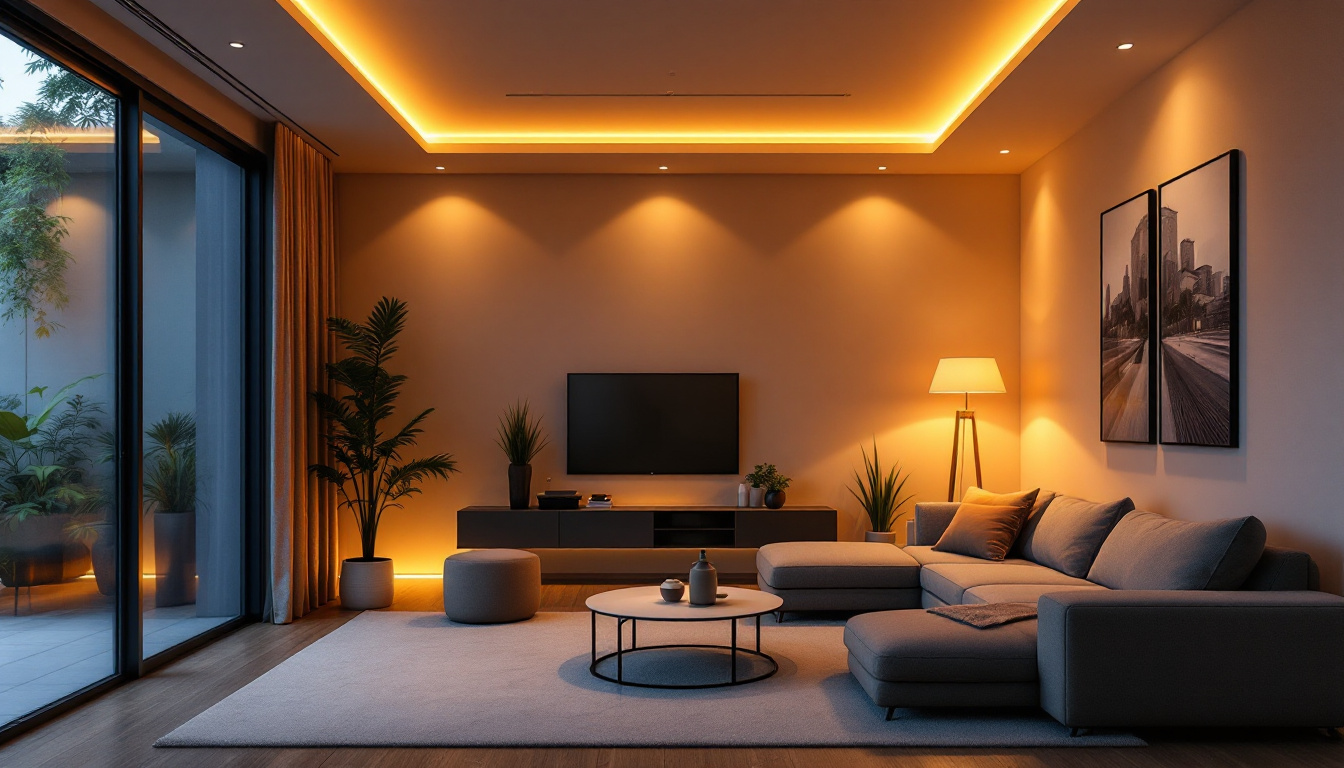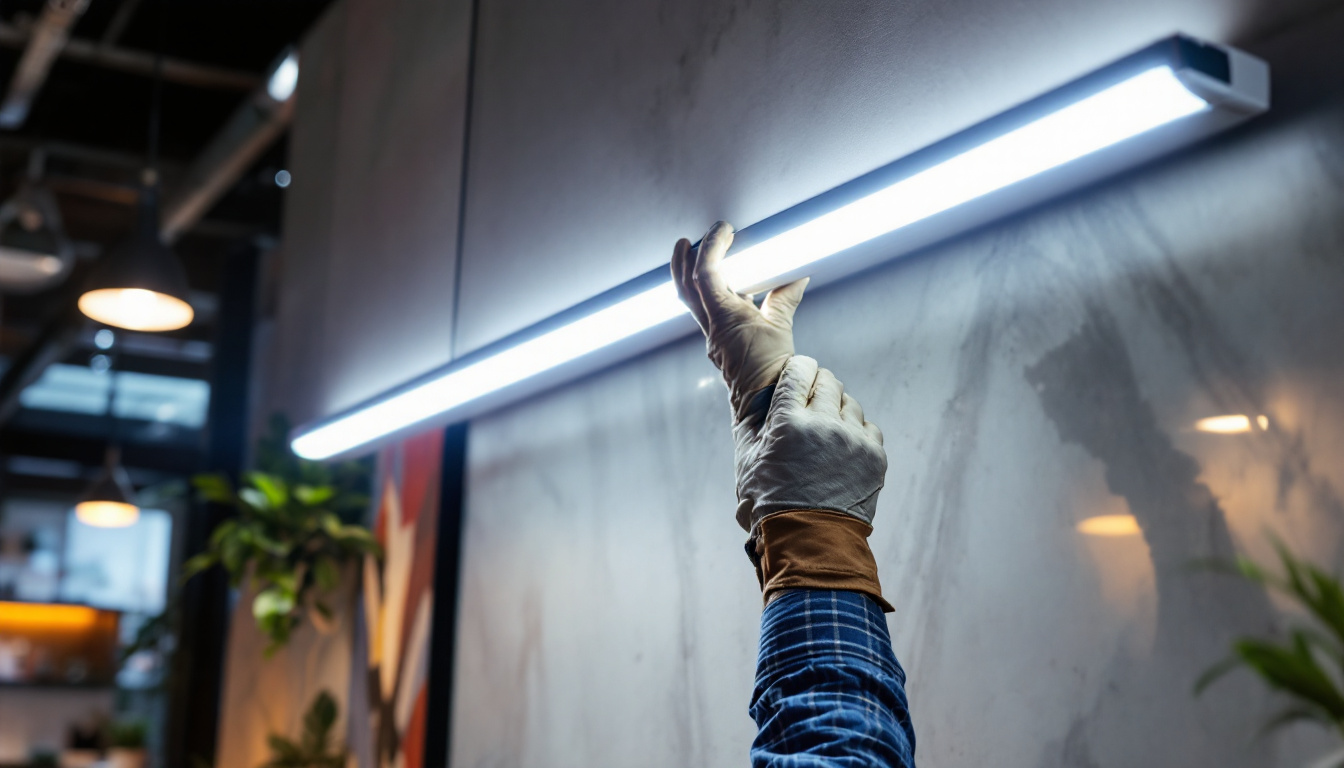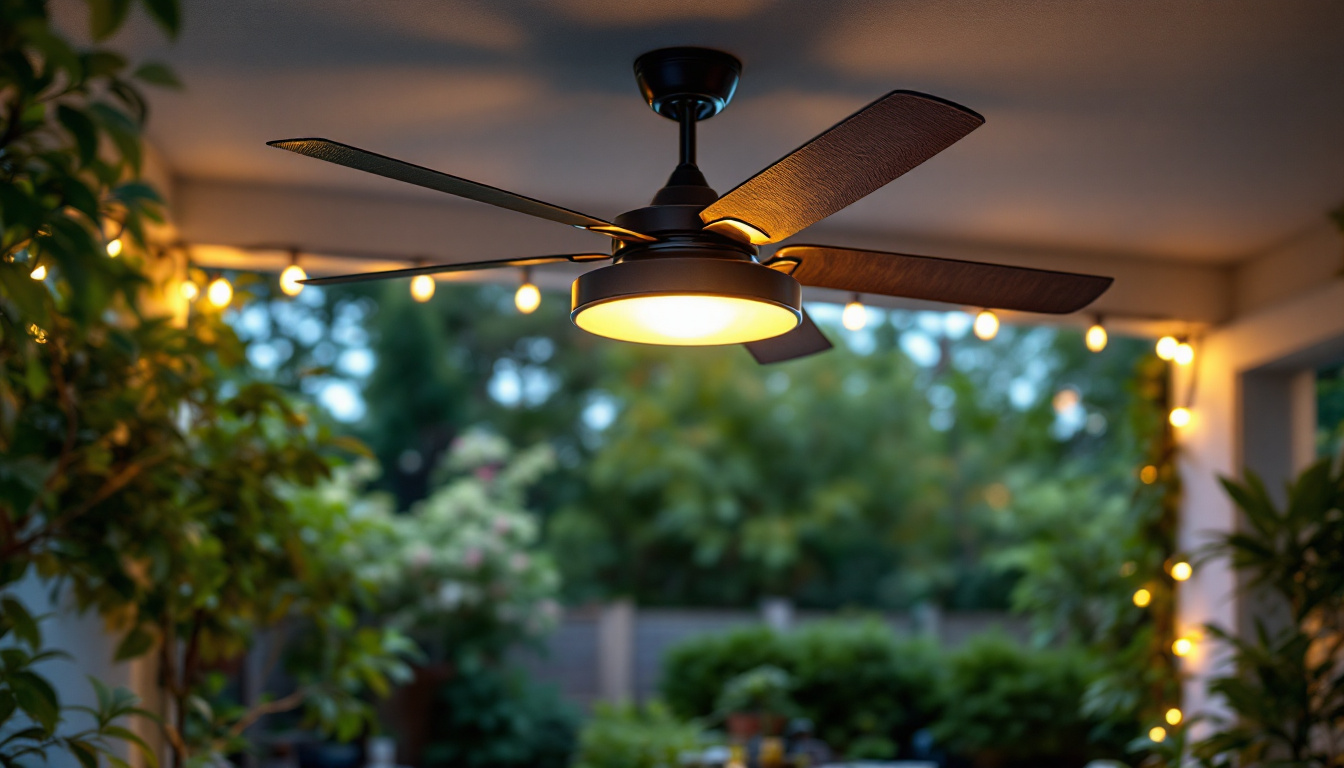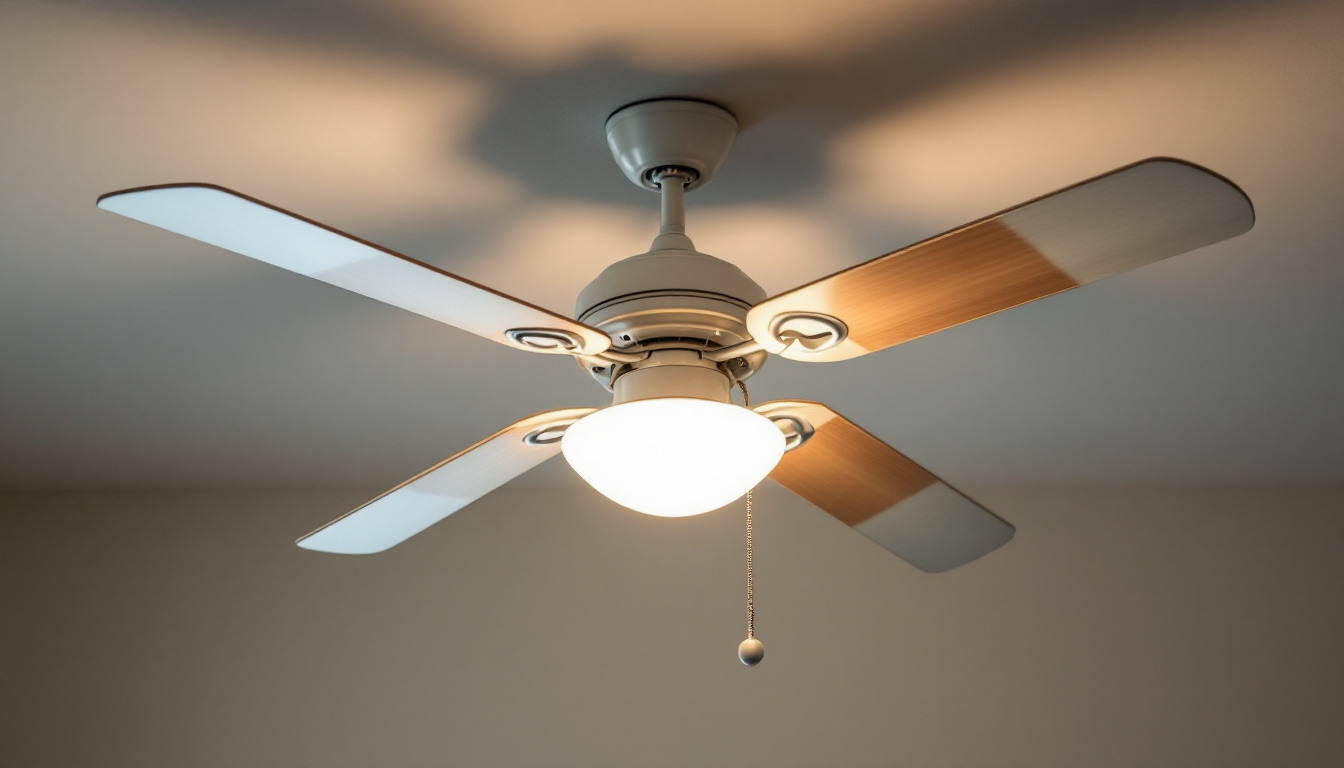
In recent years, the demand for energy-efficient lighting solutions has surged, prompting lighting contractors to explore various options that not only illuminate spaces but also reduce energy consumption. Among these options, recessed lighting has emerged as a popular choice. This article delves into the impact of recessed lighting on energy efficiency, examining its benefits, installation considerations, and the role of modern technology in enhancing performance.
Recessed lighting, often referred to as can lighting or pot lighting, is a type of lighting fixture that is installed into a hollow opening in the ceiling. This design allows the light to be flush with the ceiling, creating a sleek and unobtrusive look. Recessed lights are widely used in both residential and commercial settings due to their versatility and aesthetic appeal. They can illuminate a space without the bulkiness of traditional light fixtures, making them an excellent choice for modern interiors where clean lines and minimalism are desired.
There are several types of recessed lighting fixtures available, each designed for specific applications. The most common types include:
In addition to these common types, there are also specialized fixtures such as shower-rated recessed lights, which are designed to withstand moisture and are perfect for bathrooms. Furthermore, there are low-profile fixtures that can fit into tight spaces, making them ideal for areas with limited ceiling height. Each type serves a unique purpose, allowing homeowners and designers to customize their lighting solutions based on the specific needs of a room.
One of the primary reasons for the popularity of recessed lighting is its potential for energy efficiency. When compared to traditional incandescent bulbs, modern recessed lighting options, particularly those utilizing LED technology, offer significant energy savings.
LED recessed lights consume up to 75% less energy than incandescent bulbs, translating to lower electricity bills and a reduced carbon footprint. Additionally, they have a longer lifespan, which means fewer replacements and less waste over time. This longevity not only benefits the environment but also reduces the hassle of frequent bulb changes, making LED recessed lighting a practical choice for busy households.
Moreover, the advancement in smart technology has further enhanced the energy efficiency of recessed lighting. Many LED fixtures now come with smart capabilities, allowing users to control brightness and color temperature through mobile apps or voice commands. This level of control not only promotes energy savings by enabling users to adjust lighting according to their needs but also enhances the overall ambiance of a space, making it adaptable for various occasions and moods.
Recessed lighting provides numerous benefits that extend beyond energy efficiency. Understanding these advantages can help lighting contractors make informed recommendations to clients.
One of the most appealing aspects of recessed lighting is its ability to create a clean and modern aesthetic. By eliminating bulky fixtures, recessed lights provide a seamless look that can enhance the overall design of a space. This is particularly beneficial in areas where a minimalist approach is desired. Furthermore, recessed lighting can be strategically placed to complement architectural features, drawing attention to high ceilings or elegant moldings without overwhelming the visual landscape. The result is a sophisticated ambiance that can elevate the style of both residential and commercial environments.
Recessed lighting can be used in various applications, from general illumination to task lighting and accent lighting. This versatility allows contractors to customize lighting solutions based on the specific needs of each space. For instance, adjustable recessed lights can be used to highlight artwork or architectural features, while fixed fixtures can provide general lighting in living areas. Additionally, the ability to choose from different bulb types, such as LED or halogen, offers further customization in terms of brightness and color temperature, enabling homeowners to create the perfect atmosphere for any occasion, whether it’s a cozy family gathering or an elegant dinner party.
Properly installed recessed lighting can enhance the perception of space within a room. By distributing light evenly across the ceiling and walls, recessed lights can create an illusion of height and openness, making rooms feel larger and more inviting. This effect is particularly advantageous in smaller spaces, where traditional lighting fixtures may create shadows and make the area feel cramped. Moreover, the strategic placement of recessed lights can help define different zones within an open floor plan, guiding the eye and creating a sense of organization without the need for physical barriers. This thoughtful approach to lighting design not only improves functionality but also contributes to a more harmonious living environment.
While recessed lighting offers numerous benefits, proper installation is crucial to maximizing its energy efficiency and overall effectiveness. Lighting contractors must consider several factors during the installation process.
The placement and spacing of recessed lights are critical to achieving optimal lighting levels. A common guideline is to space fixtures approximately 4 to 6 feet apart, depending on the height of the ceiling and the desired level of illumination. Additionally, contractors should consider the purpose of the lighting when determining placement. For example, task areas such as kitchens may require more concentrated lighting than living spaces. In contrast, ambient lighting in hallways or living rooms can be more diffuse, allowing for a softer glow that enhances the overall atmosphere without being overly harsh. It’s also important to take into account any architectural features, such as beams or columns, which may obstruct light or create shadows, thus necessitating adjustments in fixture placement for a balanced look.
To maintain energy efficiency, it is essential to address insulation and air leakage around recessed fixtures. Poorly insulated fixtures can lead to heat loss in winter and increased cooling costs in summer. Using airtight recessed lighting fixtures can help minimize air leakage, contributing to better energy performance. Moreover, contractors should ensure that the fixtures are properly sealed to the ceiling to prevent drafts and moisture intrusion, which can lead to mold growth and other structural issues. The use of insulation contact (IC) rated fixtures is also recommended, as these are designed to be in direct contact with insulation without posing a fire hazard, thus enhancing both safety and efficiency.
The choice of bulbs significantly impacts the energy efficiency of recessed lighting. LED bulbs are the preferred option due to their low energy consumption and long lifespan. When selecting bulbs, contractors should also consider the color temperature and brightness to ensure they meet the aesthetic and functional needs of the space. For instance, warmer color temperatures (around 2700K to 3000K) are often ideal for creating a cozy atmosphere in living areas, while cooler temperatures (4000K to 5000K) might be more suitable for workspaces where clarity and focus are essential. Additionally, dimmable LED options can provide versatility, allowing homeowners to adjust the lighting according to different activities or moods, further enhancing the functionality of recessed lighting in various settings.
Advancements in smart technology have further enhanced the energy efficiency of recessed lighting. Smart lighting systems allow users to control their lighting remotely, set schedules, and adjust brightness levels based on the time of day or occupancy.
Integrating smart controls with recessed lighting enables users to optimize energy usage. Dimming capabilities allow for reduced energy consumption during times when full brightness is unnecessary. For example, during the evening, homeowners can lower the brightness of recessed lights, resulting in energy savings while still maintaining a comfortable ambiance.
Incorporating motion sensors into recessed lighting systems can further enhance energy efficiency. These sensors detect movement and automatically turn lights on or off based on occupancy. This feature is particularly beneficial in areas such as hallways, bathrooms, and garages, where lights may otherwise be left on unnecessarily.
While recessed lighting offers many advantages, there are also challenges and considerations that lighting contractors should be aware of when recommending this solution to clients.
The initial installation costs for recessed lighting can be higher than traditional fixtures, particularly when retrofitting existing spaces. Contractors must communicate these costs to clients while emphasizing the long-term energy savings and aesthetic benefits that recessed lighting provides.
Recessed lighting can generate heat, which may affect energy efficiency if not managed properly. Ensuring that fixtures are installed with adequate ventilation and using LED bulbs can mitigate heat-related issues. Contractors should also educate clients about the importance of selecting fixtures that are rated for insulation contact (IC-rated) to prevent overheating.
Recessed lights can be more challenging to maintain than traditional fixtures, especially in high ceilings or hard-to-reach areas. Contractors should discuss maintenance considerations with clients, including the need for occasional bulb replacements and cleaning of fixtures to maintain optimal performance.
Recessed lighting presents a compelling option for those seeking energy-efficient lighting solutions. Its sleek design, versatility, and potential for significant energy savings make it a popular choice among homeowners and businesses alike. However, proper installation and consideration of factors such as placement, insulation, and smart technology integration are essential for maximizing its benefits.
As the demand for energy-efficient solutions continues to grow, lighting contractors play a crucial role in guiding clients toward informed decisions. By understanding the impact of recessed lighting on energy efficiency, contractors can provide valuable insights that not only enhance the aesthetic appeal of spaces but also contribute to sustainable energy practices.
In the evolving landscape of lighting technology, recessed lighting stands out as a solution that combines form and function, making it a worthy consideration for any lighting project.
Ready to elevate your lighting projects with energy-efficient recessed lighting solutions? Look no further than LumenWholesale, where we provide contractors with the highest quality, spec-grade lighting products at unbeatable wholesale prices. Say goodbye to local distributor markups and hello to superior lighting that meets the highest industry standards. With our hassle-free bulk buying and free shipping, you can trust that you’re getting premium lighting at the best value — all without hidden fees or compromises. Make the smart choice for your next project and experience the best in wholesale lighting with LumenWholesale.
Discover the essential insights lighting contractors need to know about motion sensors with LED lights.

Discover the ins and outs of linear LED light fixtures tailored for lighting contractors.

Discover the top benefits of metal outdoor ceiling fans for lighting contractors.

Discover the essential components of ceiling fans in this comprehensive guide tailored for lighting contractors.